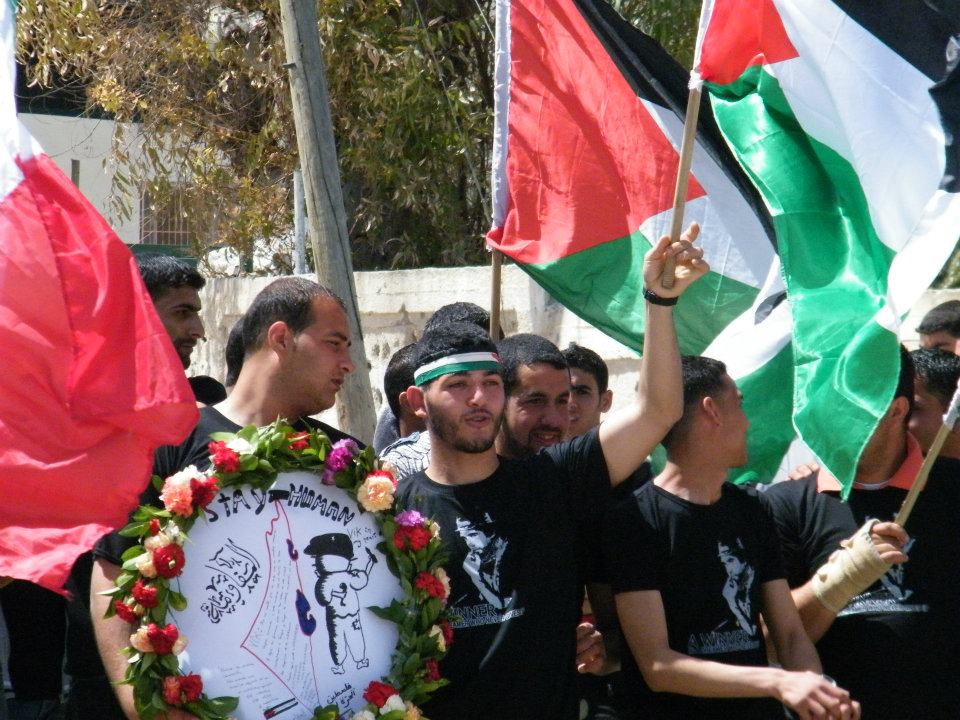Tag: Buffer Zone
-
Gaza: The march for prisoners within a prison
by Nathan Stuckey 18 April 2012 | International Solidarity Movement, Gaza April 17th is Palestinain Prisoners Day. All over Palestine demonstrations were held in solidarity with the approximately 5,000 prisoners still held in the occupations jails. Bait Hanoun was no exception, this week the weekly demonstration against the occupation and the no go zones were…
-
Beit Hanoun remembers Vittorio: “When he spoke you had to listen”
by Nathan Stuckey 11 April 2012 | International Solidarity Movement, Gaza One year ago Vittorio Arrigoni was murdered. Since coming to Gaza, Vik, as everyone knew him, had been a regular at Beit Hanoun’s weekly demonstrations against the no go zone and the occupation. Vik had devoted his life to ending the occupation. Sadly, he…
-
Neither threats nor murders will stop our demonstrations
by Nathan Stuckey 4 April 2012 | International Solidarity Movement, Gaza Over the weekend Israeli planes dropped flyers over Beit Hanoun and Beit Lahia warning that anyone who approached within three hundred meters of the border would be shot. It is not as though the people don’t know of this policy. As the following conversation…


